ID needed - tall, yellow button flowers
SnailLover (MI - zone 5a)
9 years ago
Related Stories
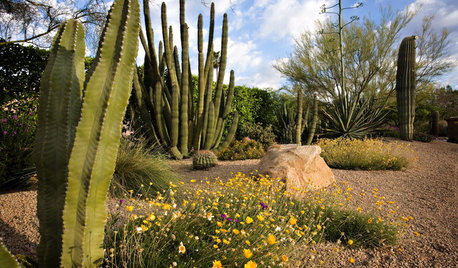
SOUTHWEST GARDENINGTall Cactuses Bring Drama to Southwestern Gardens
See how 5 columnar cactuses add a striking design element to warm-weather gardens, courtyards and entries
Full Story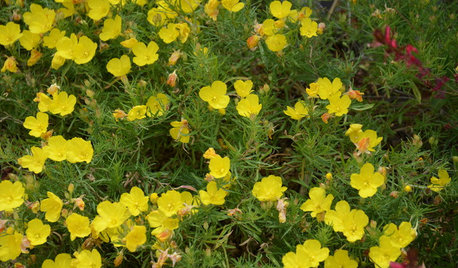
GARDENING GUIDESHartweg’s Sundrops Blankets Southwestern Landscapes in Yellow
The vivid flowers of Calylophus hartwegii add sunny color to drought-tolerant gardens from spring through fall
Full Story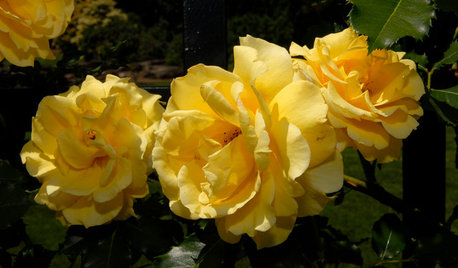
GARDENING GUIDES5 Favorite Yellow Roses for a Joyful Garden
Make 'cheery' the name of your garden game when you order your roses sunny side up
Full Story
KITCHEN SINKSEverything You Need to Know About Farmhouse Sinks
They’re charming, homey, durable, elegant, functional and nostalgic. Those are just a few of the reasons they’re so popular
Full Story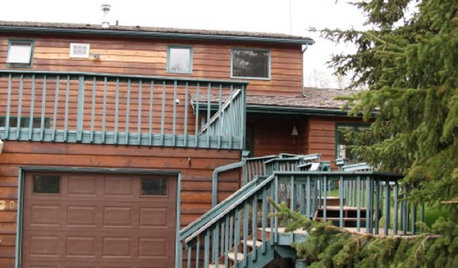
Ideabook 911: My House Needs a Facelift!
Houzz Member Gets Ideas for Sprucing Up This Deck and Garage
Full Story
LIFEDecluttering — How to Get the Help You Need
Don't worry if you can't shed stuff and organize alone; help is at your disposal
Full Story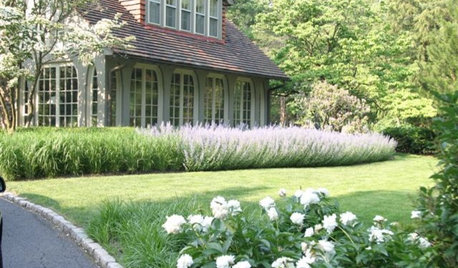
FLOWERSKeep Your Garden on Point With Spikes of Purple
Tall purple blooms bridge color gaps, contrast round flower forms and make for intriguing masses in the landscape
Full Story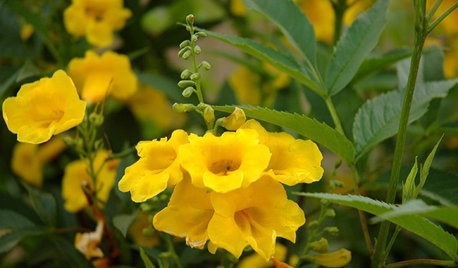
GARDENING GUIDESGreat Design Plant: Yellow Bells, a Screening Queen
With its large size and copious golden flowers, this shrub can cover walls or screen unsightly views with ease
Full Story
COLORDreaming in Color: 8 Eye-Opening Yellow Bedrooms
Start your day energized and cheerful with bedroom hues that sing of sunshine or golden fields
Full Story
EVENTSReport From Italy: Mustard Yellow, Hidden Kitchens and More
See what our team in Italy discovered at Salone del Mobile 2016. Which new design idea speaks to you?
Full Story


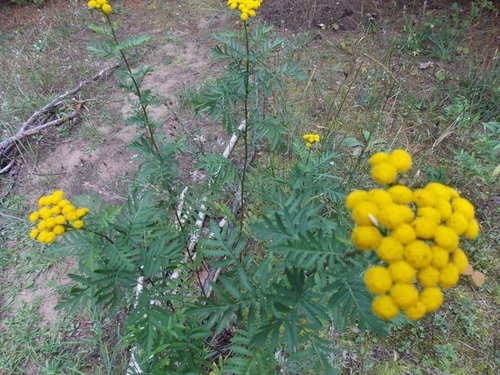
kayjones
Iris GW
Related Discussions
Need ID for tall purple flowering weed (?)
Q
Gorgeous yellow flowering tree with large flowers needs an ID.
Q
Yellow button-like flowers?
Q
Yellow Flower ID needed S.E. MI z5
Q
SnailLover (MI - zone 5a)Original Author
wisconsitom
Iris GW
dbarron
SnailLover (MI - zone 5a)Original Author
dbarron
lycopus
Lynda Waldrep
wisconsitom
dbarron
wisconsitom
lycopus
wisconsitom
lycopus
wisconsitom
lycopus
Naturedeva
jaynine
dandy_line (Z3b N Cent Mn)
wisconsitom
Lynda Waldrep
wisconsitom
WoodsTea 6a MO
wisconsitom